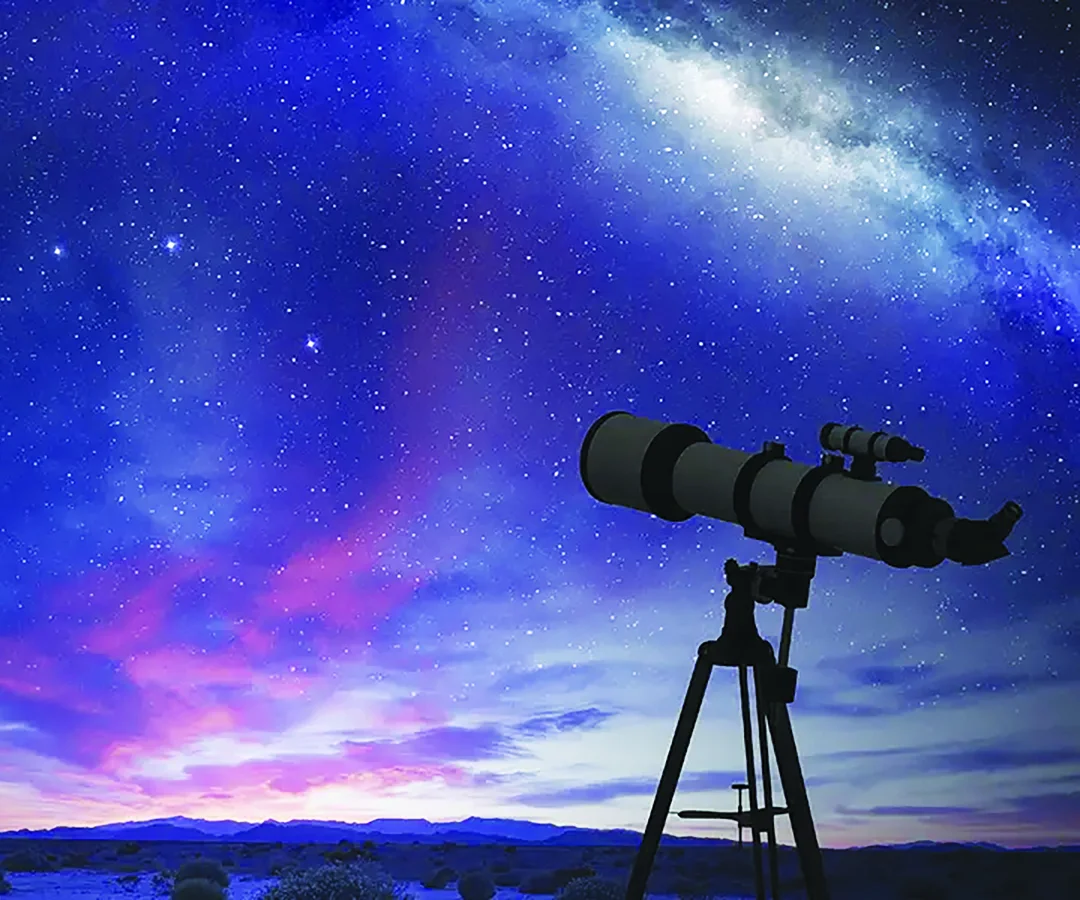
Celestial Convergence: Venus, Saturn, and Neptune Grace the Predawn Sky – A Stargazer’s Delight
Get ready for a mesmerizing celestial alignment! On May 8th, early risers were treated to a stunning lineup of Venus, Saturn, and Neptune in the predawn sky. This rare occurrence offered a beautiful spectacle for both seasoned astronomers and casual stargazers alike. Let's dive into what made this event so special.
According to Space.com, the planetary trio huddled together in the eastern sky before sunrise. Venus, the brightest of the three, shone brilliantly to the left, while Saturn appeared to its right. The elusive Neptune, however, proved to be a bit more challenging to spot. Its faintness, due to its immense distance from the sun, requires binoculars or a telescope to bring its blueish hue into view.

For those wanting to witness this phenomenon, experts recommended looking east around 5 a.m. Although the primary alignment happened on May 8th, the planets will remain relatively close in the sky for a few days, providing additional viewing opportunities. By May 11th, the planets will move farther apart, with Venus appearing closer to the horizon.
Local astronomy enthusiast Marty McGuire, also known as the "Backyard Astronomy Guy," highlighted Venus's transition from "evening star" to "morning star". This occurs because Venus's orbit is smaller and faster than Earth's, causing it to appear to move from one side of the sun to the other from our perspective.

According to Pam Eastlick, there are more exciting events happening in the evening sky. By facing west around 8 p.m., you can witness the magnificent Orion, the sky's most famous constellation; Ursa Major, also known as the Big Dipper is to the right; and Crux the Southern Cross is to the left. As she says, if the cloud allows you to, you'll find 8 of the 10 brightest stars in your personal sky!
Astrophotography enthusiasts were particularly excited about this event, as the tight grouping of planets presented a stunning visual for capturing with cameras and telescopes.
This planetary alignment serves as a reminder of the ever-changing beauty and wonder that exists in our night sky. Whether you're a seasoned astronomer or just starting to explore the cosmos, taking the time to observe these events offers a unique perspective on our place in the universe.
Did you manage to catch this planetary alignment? Share your observations and photos in the comments below! We'd love to hear about your experience.